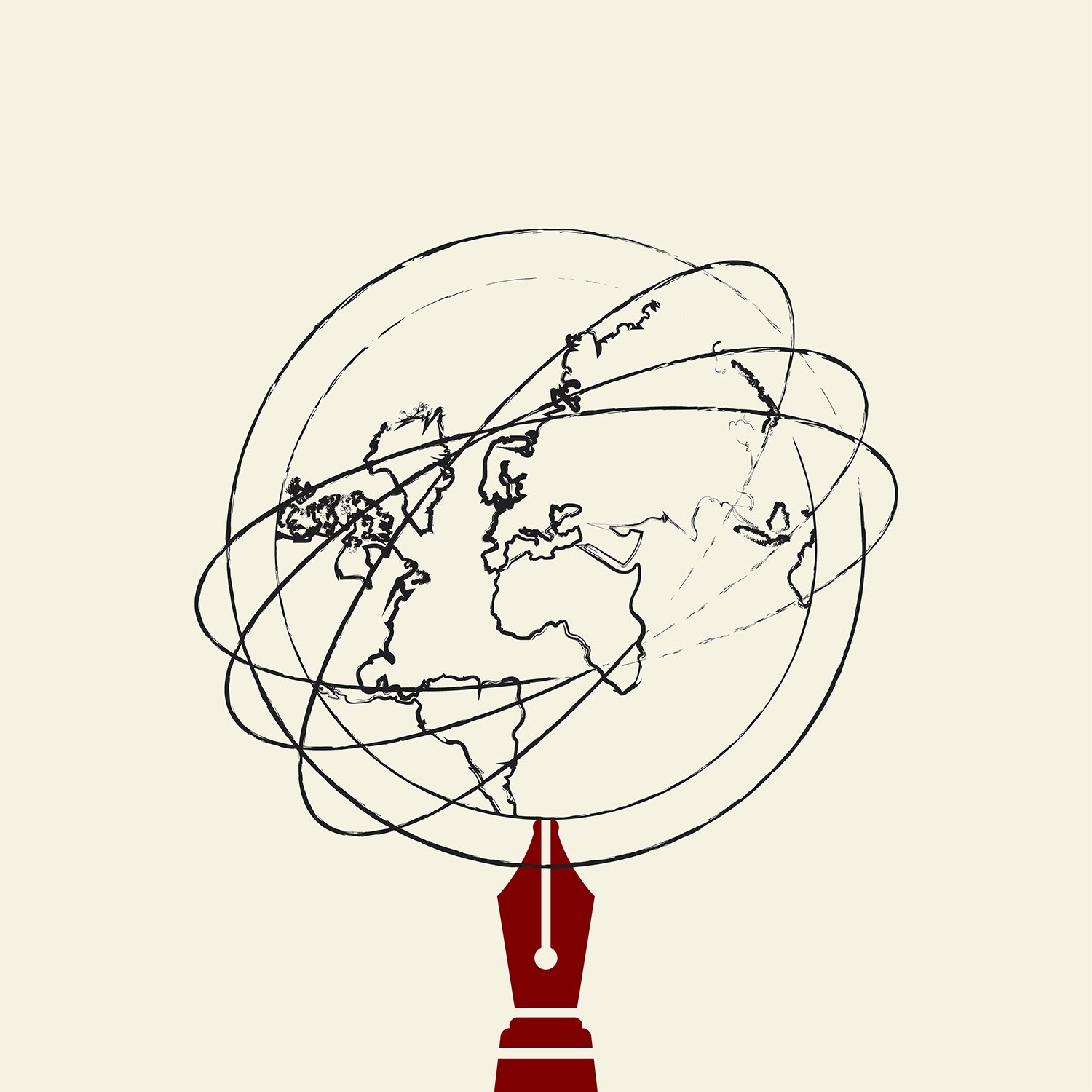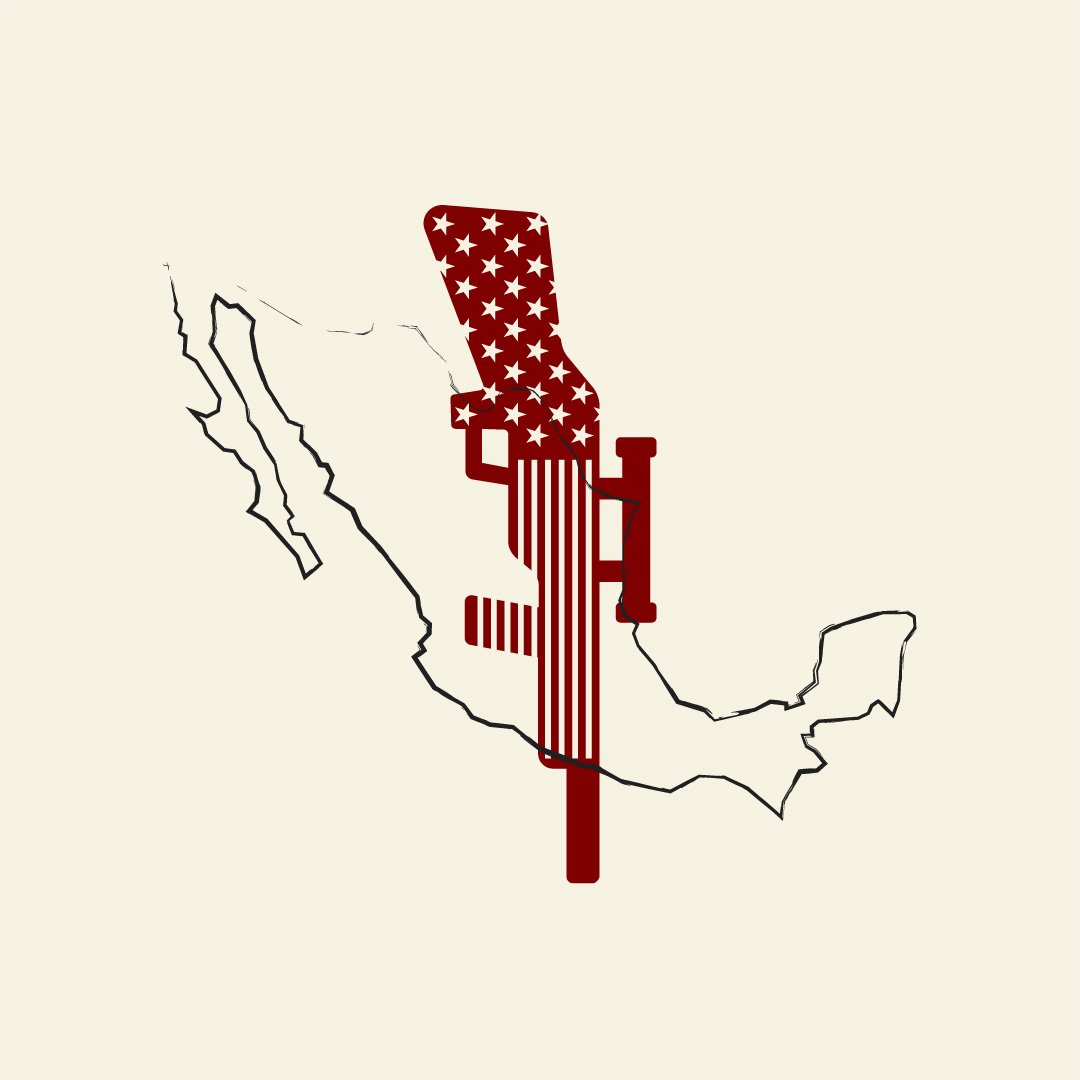Defense in an Age of Uncertainty
Notes from the European Defence and Security Conference.
OCTOBER 31, 2024
Under glittering chandeliers and glaring spotlights in the ballroom of an old neoclassical palace tucked away down the backstreets of central Brussels, a junior Polish finance minister had just one word to describe the EU’s master plan to increase its defense spending — it is, he said bluntly, a “joke.”
That candid assessment is how ex-, and potentially future, U.S. President Donald Trump might describe it too. Long before Russia’s invasion of Ukraine upended Europe’s reticence to spend big on military gear, Trump had been calling out the “delinquent” under-payers failing to live up to their obligations as part of the NATO alliance. Five years later, and a comeback into the White House looking distinctly possible, Europe’s combined defense budgets are very much on the rise but still aren’t soaring anywhere close to that of America.
Last year, the U.S. covered some 68 percent of NATO outlay with a whopping $916 billion, according to statistics compiled by Stockholm International Peace Research Institute, a think tank. Line that up against the puny 28 percent — combined — from the alliance’s European member countries and it’s clear that talk of boosting military readiness since Russia launched its all-out war on Ukraine in February 2022 has not changed the power dynamic.
Typically, the event is just one among many wonky policy conferences on the fall agenda in Brussels. This time around, there was a frisson of real excitement.
That hasn’t stopped the European Union from trying to get things moving. With most European countries now raising their defense spending — partly to replenish stocks of weaponry dispatched to Ukraine — the EU is looking at ways to make the splurge more efficient. Under its founding treaty, the EU is banned from using its own cash to fund weapons or militaries. Instead, the European Commission, its executive wing, wants to nudge countries to buy tanks and train troops together where possible and figure out ways to bulk up their orders with joint contracts to help firms plan with bigger, long-term orders for ammo and artillery shells, for example.
Europe’s military catch-up mission was the big topic of the fourth annual European Defence and Security Conference held on a mild day in mid-October at Egmont Palace, once home to aristocratic families but now used by Belgian diplomats for lavish ceremonies and conferences. Typically, the event is just one among many wonky policy conferences on the fall agenda in Brussels. This time around, there was a frisson of real excitement. Ukraine’s President Volodymyr Zelenskyy was due to fly into Brussels to brief EU leaders just hours after the conference closed out, while NATO defense ministers convened for their own discussions across town. U.S. President Joe Biden, meanwhile, would be in Berlin later that week for talks with the leaders of Germany, France and the United Kingdom — a big part of which would center on defense.
The conference, of course, also came less than a month before the U.S. presidential election — the outcome of which will undoubtedly determine the future security situation in Europe. This made the conference, at which I moderated a panel, a useful opportunity to test the mood among the officials, think tankers and executives whose job it is to analyze, critique and worry about Europe’s security future. The queue to get into the packed venue extended down the narrow, cobbled street outside the palace. Once inside, the line-up of events promised a deep-dive into the issues plaguing Europe’s efforts to become less dependent on America for its defense: how to coordinate defense spending among 27 EU countries, how to resolve disagreements on how money should be spent, and what — if any — the EU’s role should be in all of this. An early morning panel was titled: “Setting the course through global insecurity, political renewal and budgetary constraints.”
Well into the second year of Russia’s war on Ukraine, the small pools of funding the EU has mobilized to spend on defense-related programs until 2028 stands at about €12 billion, Paweł Karbownik, the Polish junior minister of the blunt one-word summary, told me onstage at the conference. That money is largely tied up in research spending, along with limited investment to ramp up production capacity and encourage countries to bulk buy together to cut the cost of arming up. Compare that to American spending — and to the €45 billion Poland is readying to spend from its own national budget next year — and it’s, well, embarrassing, Karbownik said. Relying on the EU to coordinate a serious defense budget makes little sense “because discussing with 27 member states, at this pace we will not be ready for war,” he added.
The EU is currently in the early stages of figuring out its next seven-year spending plan starting in 2028 — to which all EU countries contribute. Deciding how defense fits into that vision is the hot topic in Brussels. Poland is not the only country to increase spending, but the scale of its investment is unmatched by any other European NATO state. Inside the EU, ambitions are different — from big spenders per capita in Central Europe and Scandinavia to comparative laggards in southern Europe.
The big-ticket speaker at the conference was Josep Borrell, who holds the title of high representative of the union for foreign affairs and security policy — essentially the closest thing the EU has to a foreign minister. As caterers shooed away hungry attendees eager for an early bite of lunch, Borrell set about flagging the obvious problems associated with trying to bulk up a union of 27 countries that have long been shy of planning together on defense.
As long as its defense spending efforts are disjointed, the EU will make itself vulnerable — not only to a more aggressive Russia, but to a potentially more belligerent and less tolerant America.
“The governments are the only buyers of the defense products and it is up to them to fix the priorities and to provide funding,” Borrell told the event. “We do not have a Pentagon: We have 27 member states, we have 27 armies, we have 27 ecosystems of industrial capacity. Each one too small on its own.”
Borrell’s term ends on October 31. Unnervingly, there will be a changing of the guard at the European Commission just as America’s next president is confirmed. His successor will be former Estonian Prime Minister Kaja Kallas, a hawk on Russia who’s advocated for a more robust response to Russia’s invasion of Ukraine.
For an EU preparing for the possibility of facing an aggressively assertive Russia on its own soil, simply boosting spending from capitals is nowhere near enough to make serious progress on defense. As long as its defense spending efforts are disjointed, the EU will make itself vulnerable — not only to a more aggressive Russia, but to a potentially more belligerent and less tolerant America. Addressing a rally earlier this year, Trump was clear that he would encourage Russia “to do whatever the hell they want” to countries that don’t meet NATO spending targets.
✺
The long, festering debate over Europe’s unwillingness or inability to fund its own defense hit prime time news in the wake of Russia’s all-out invasion of Ukraine in February 2022. Since then, regular alarming reports of Ukraine’s artillery shortages, bloody trench warfare and troubling assessments of Ukraine’s frontline prospects have trickled through the news across Europe. The intensity of the conflict in the Middle East and the overlapping agendas of Russia, Iran and North Korea have further highlighted the need to arm up on the Continent.
Europe has done a lot but it’s not yet enough, Charles Fries, a former French ambassador and now a senior official at the EU’s diplomatic service, the aptly named European External Action Service, said at the conference. Whoever wins the election in the U.S., EU countries will have to invest more in defense.
There are divergent views over where the EU went wrong, and what exactly it should prioritize going forward.
While Trump’s first term didn’t prompt massive rearmament in Europe, there has been some progress since the start of the war in Ukraine. Finland and Sweden have joined NATO after years of staying outside the alliance, and even Germany has turned on the military spending hose, committing €100 billion to a domestic program under its “Zeitenwende” initiative to retool the Bundeswehr over the next few years. Back in 2014, just three NATO member states were hitting their 2 percent pledge. This year, 23 states are expected to meet or exceed that pledge, more than a third of the alliance’s membership.
Tying together the various spending agendas into a serious plan for defense would logically be a job for the EU given its role in other major areas of the economy, such as farming, energy production and competition. Historically, capitals have been cautious of allowing the EU to meddle with defense planning, though the European Commission has had a dedicated defense industry and space department since 2019 and will soon appoint a defense commissioner in charge of cheerleading for the industry for the next five years.
There are divergent views over where the EU went wrong, and what exactly it should prioritize going forward. Ask Guillaume Faury, the CEO of Airbus — the closest thing Europe has to a truly European defense contractor — and the EU needs to help coordinate a steady stream of contracts for its contractors. In a video message patched into the conference, he said European spending on military procurement currently pales in comparison to the U.S.
Ask Martin Schäfer, Germany’s diplomat on the EU’s Political and Security Committee, the powerful but secretive grouping that steers the EU’s foreign policy behind the scenes, and the problem is that the EU was always conceived as a way of ensuring peace within its own borders and never about protecting from external threats. That job was better left to NATO, and, through its structures, to big spender America. That needs to change, he suggested during his panel.
In a phone call before the Egmont conference got underway, Sweden’s Defense Minister Pål Jonson told me he blamed “decades of underinvestment” after the collapse of the Soviet Union. Ratcheting national defense back up to Cold War levels takes time, he said, but “it's crystal clear that we as Europeans have to take greater responsibility for security inside Europe.”
The fear now is that more spending isn’t necessarily better spending.
Many EU capitals have rushed to buy arms outside the bloc, boosting upstart defense contracting states such as South Korea, Israel and Turkey, which have increasingly carved out markets with major European contracts. That drains research and manufacturing cash away from local enterprises.
For many — especially countries in the EU’s east — the priority is fulfilling orders quickly rather than waiting for domestic producers to ramp up and meet demand.
Poland’s massive spending splurge, for example, is largely going toward American air and missile defense systems, South Korean tanks and Turkish drones. Finland and Estonia have taken big business to Israel, and even Germany is spending billions of euros installing Israel’s Arrow-3 anti-ballistic missile air defense system rather than trying to foster Europe-made alternatives made in France.
Plans to ramp up artillery shell stockpiles in the early years of the war in Ukraine sparked a mini-crisis within the bloc, with France resisting measures to finance orders with non-EU producers even though they could deliver faster. In the end, the Czech Republic set up its own fundraising scheme and raised billions of euro to buy ammunition from countries outside the EU. For many — especially countries in the EU’s east — the priority is fulfilling orders quickly rather than waiting for domestic producers to ramp up and meet demand.
Industry captains insist they are doing their part. Germany’s Rheinmetall is building new ammunition plants across Europe, even inside Ukraine, while at the Egmont Palace, Éric Béranger, the CEO of missile-maker MBDA, boasted that the company has increased its output of Mistral missiles by 400 percent, while orders for air defense systems are five times higher than before the war in Ukraine. To meet the extra demand, Béranger’s company wants to cut its delivery times in half. EU money, he argues, should be used to fund upgrades to production and make sure the bloc retains the intellectual property for these new technologies.
Instead of relying on Brussels to build a serious investment strategy with the heft necessary to build new ammunition, gunpowder and heavy machinery plants, Béranger wants more focus on making sure the “brains” stay in Europe. The intellectual property associated with advanced missile development is as important as making sure those missiles are then made inside the EU, he said.
When the U.K. and France decided to donate their cruise missiles to Ukraine, Béranger told attendees his company was able to ready them for delivery without first seeking approval from elsewhere. “We didn’t need to make the request to someone in the U.S., Israel or South Korea,” he said. “I prefer we use the EU money to finance the brains — the intellectual property and critical technologies. This is a matter of resilience.”
✺
Back in the conference, there’s bad news — Airbus, a major player in building arms along with commercial jets — is slashing 2,500 jobs in its dedicated defense and space wing.
That’s not a great look for those advocating for a real military industrial complex in Europe. To those in attendance at the Egmont Palace, Airbus CEO Faury’s late cancellation of his appearance on a panel now makes sense, as does his request in a video message for rules that would force governments to buy European. “The goal must be clear, to reduce external dependencies over time and move toward higher EU content aligning with Europe’s long-term defense strategy,” he said.
In short, no matter whether it’s Donald Trump or Kamala Harris in the White House, the days of European governments paying Raytheon for cutting-edge air defense systems, Lockheed Martin for advanced fighter jets and Elon Musk’s SpaceX to launch high-tech satellites into space for the European Space Agency should be over.
“It is not sustainable that 300 million Americans continue to guarantee the security of 450 million Europeans,” Timo Pesonen, the Finn who runs the defense department of the European Commission, told the Egmont Palace conference. With warnings from military officers that Russia could reconstitute its forces by 2029 and look to strike elsewhere, Finland and its hundreds of thousands of square kilometers of remote forested border are as good a target as anywhere.
While there’s no danger a rogue artillery shell from the contact line some 2,000 kilometers to the east in Ukraine will disrupt the lunch break for the few hundred besuited securocrats, generals, executives and ministers in attendance at the Egmont Palace, there is a feeling in the room that the old assurances of safety are gone.




